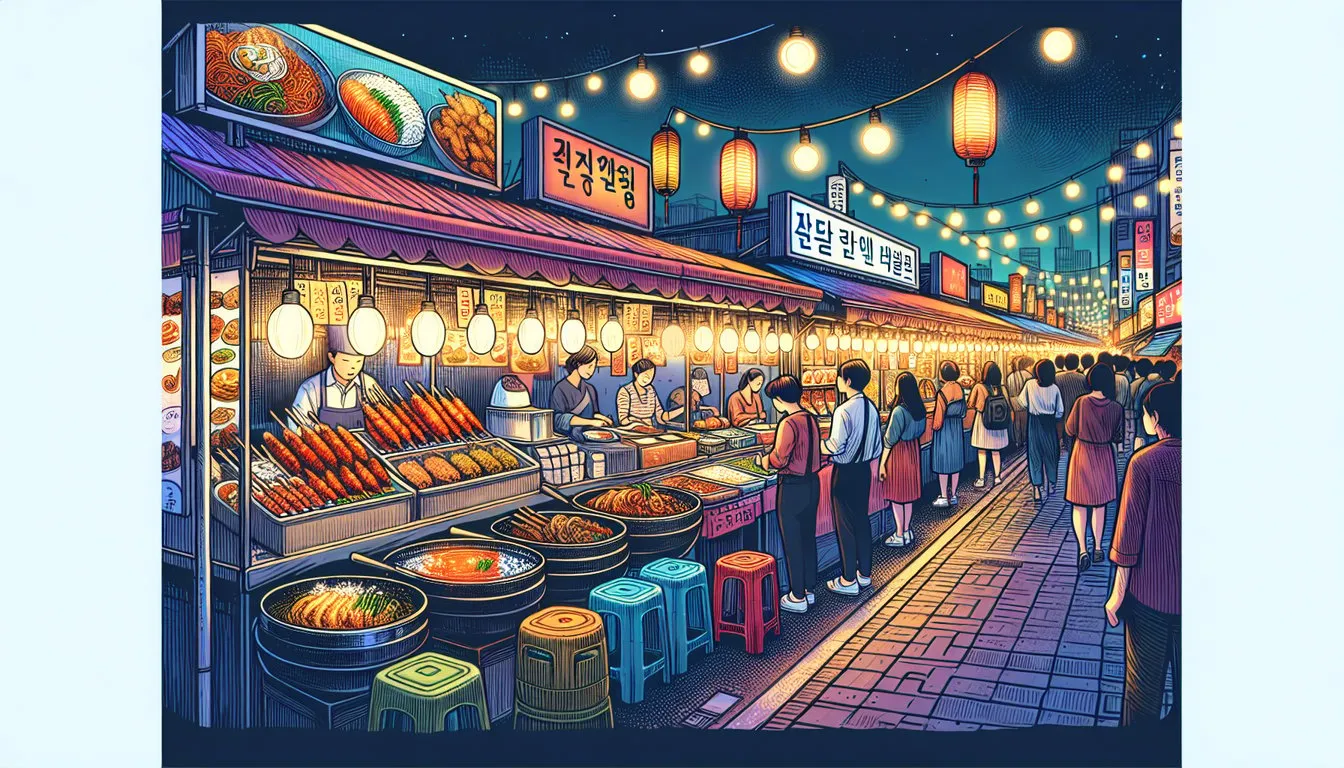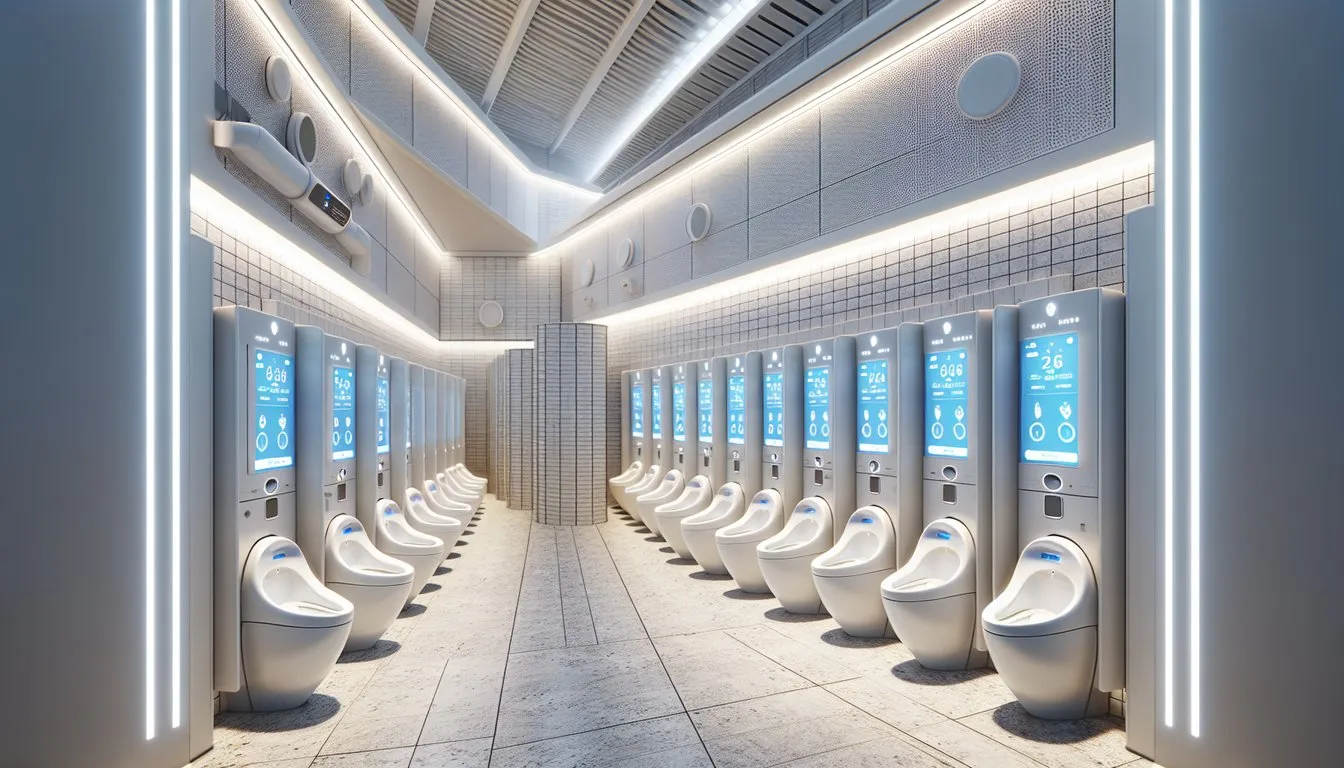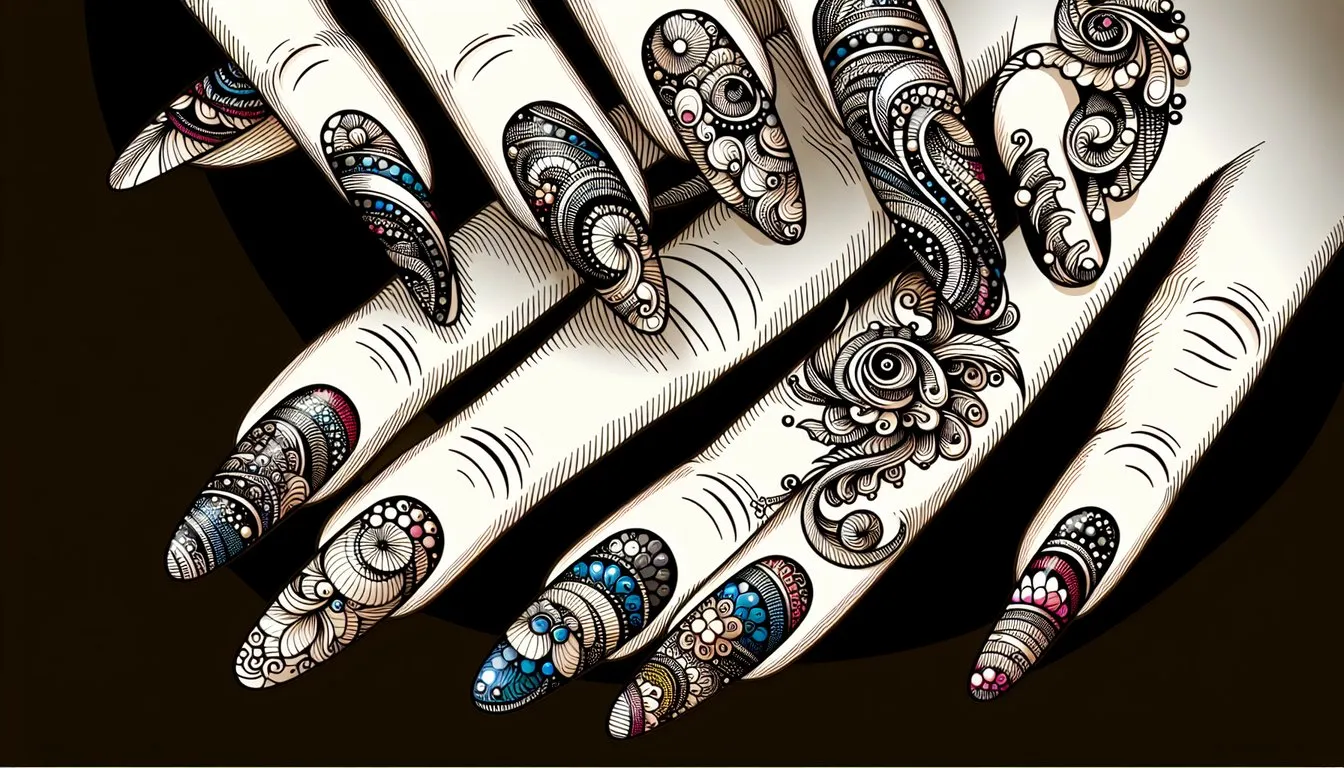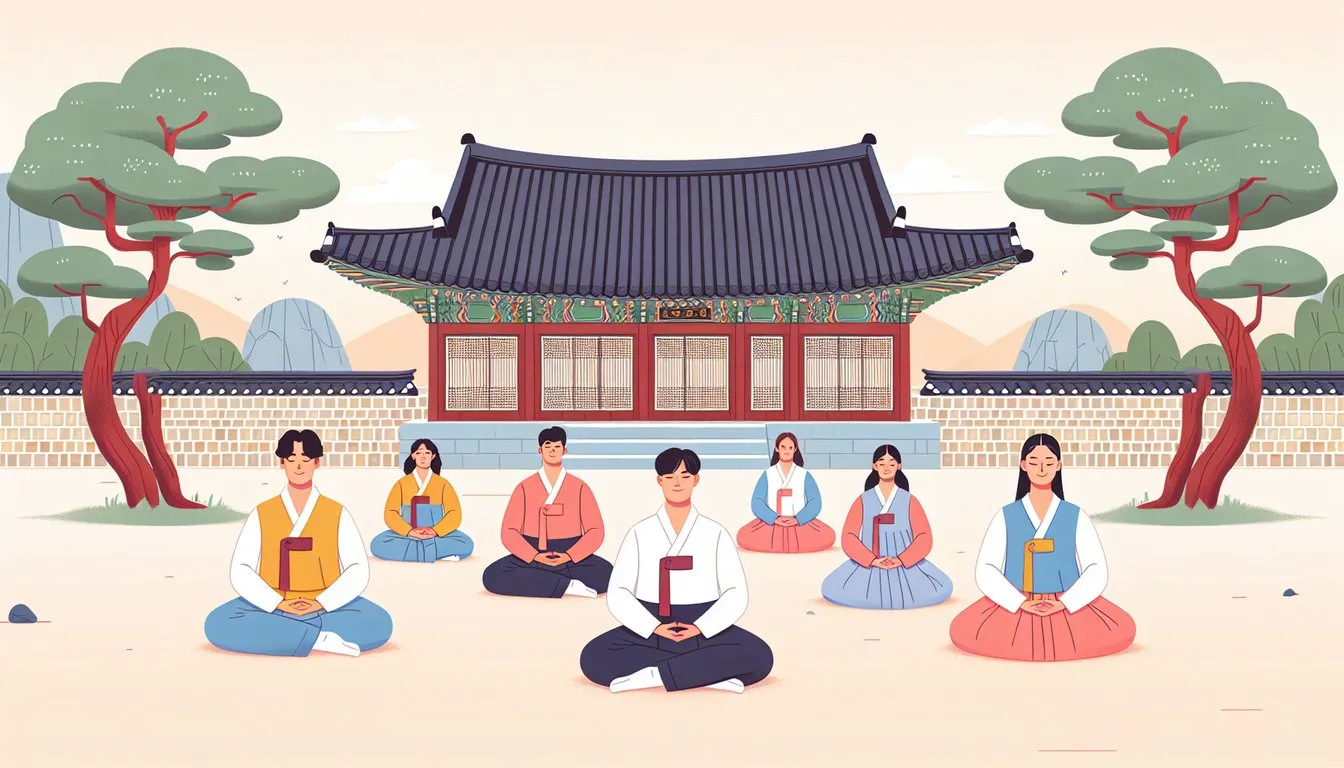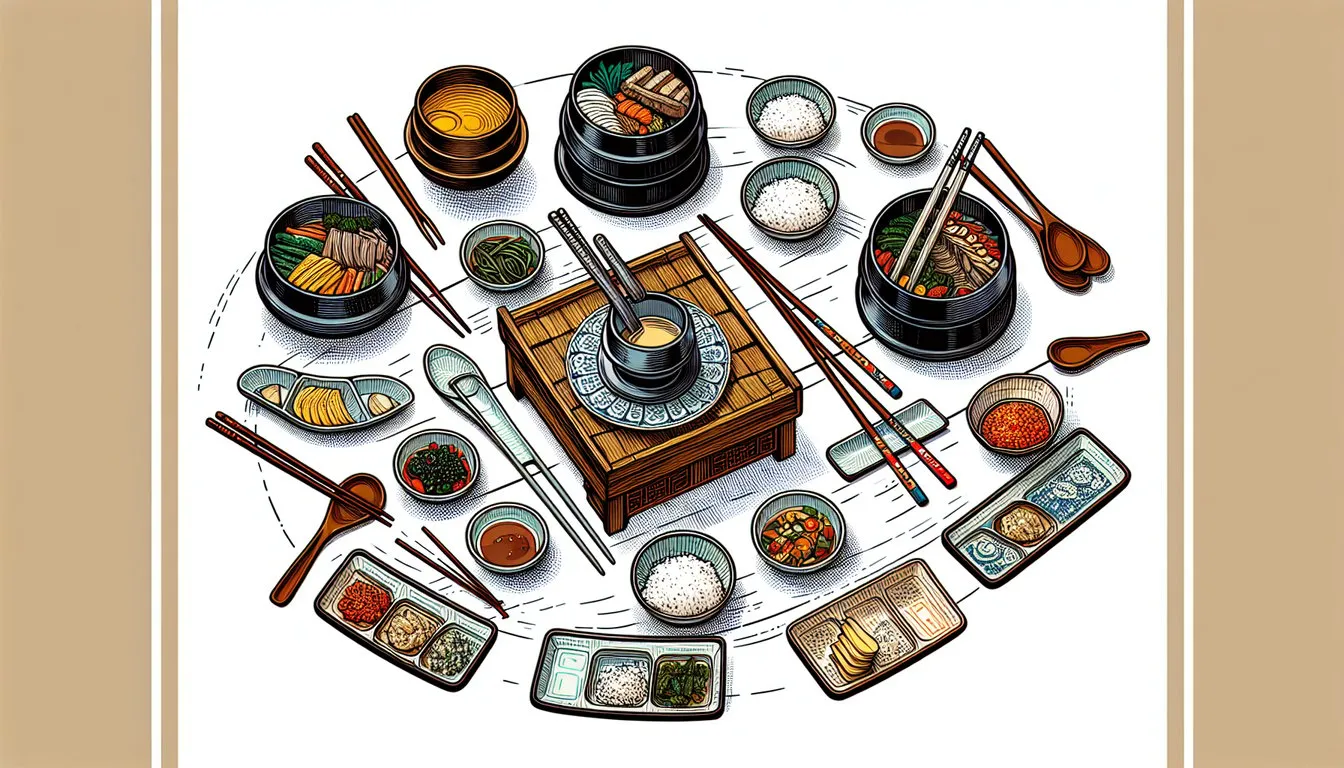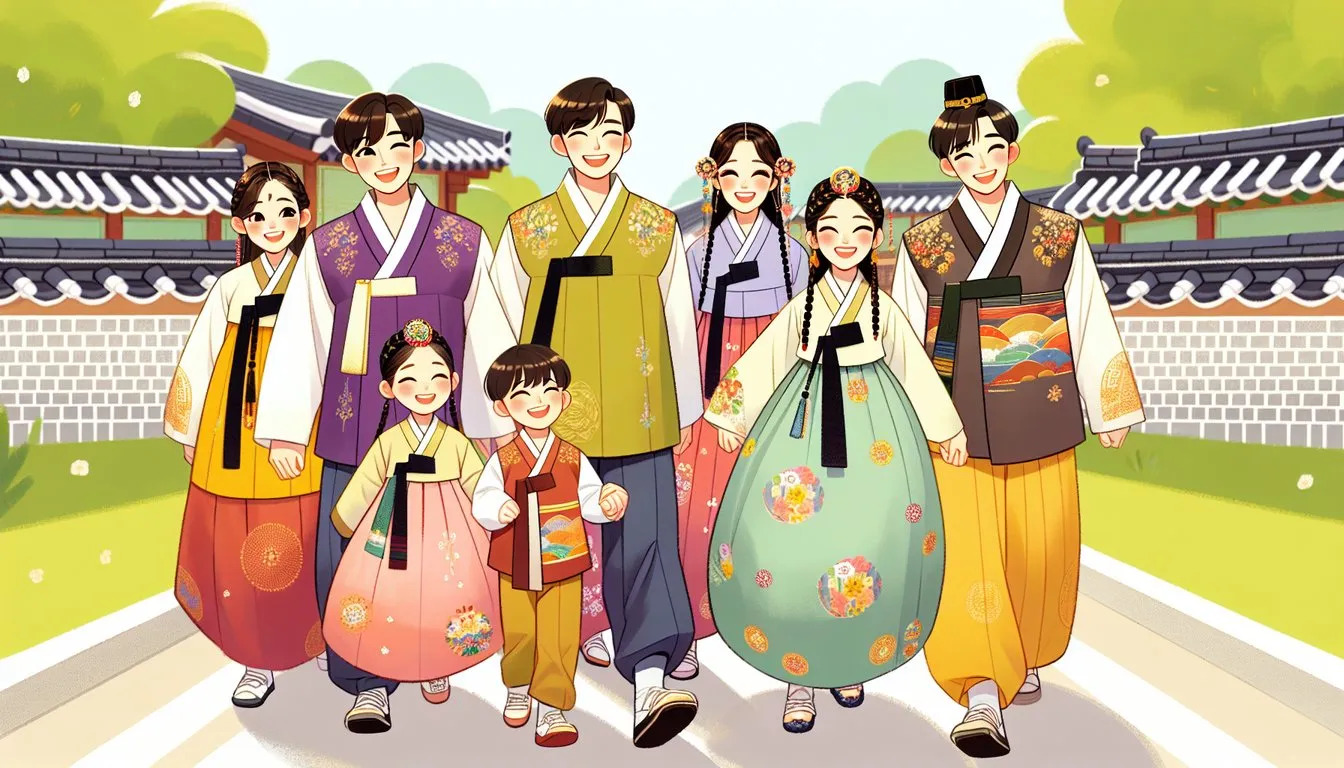The global phenomenon of K-Pop has reshaped the landscape of music fandom, transcending cultural and linguistic barriers. At the heart of this movement lies the dynamic K-Pop fandom culture, which has evolved from its origins in South Korea to captivate a multinational audience. Social media has played a pivotal role in this growth, enabling fans from diverse backgrounds to connect and share their passion. Through K-Pop, cultural exchange flourishes, fostering understanding and appreciation between nations. Moreover, the economic impact of this widespread fanbase is significant, driving revenue and innovation in numerous industries. Understanding K-Pop fandom culture offers insights into a unique cultural intersection of music and community on a global scale.

Origins and Evolution of K-Pop Fandom
The genesis of K-Pop fandom can be traced back to the 1990s with the emergence of boy band H.O.T in South Korea, signaling the dawn of a cultural revolution that would eventually transcend global borders! The fervor surrounding K-Pop did not remain confined within South Korea for long; it began to ripple outwards, reaching the shores of neighboring Asian countries in the early 2000s. This period marked the beginning of what is often referred to as the “Korean Wave”, or Hallyu, a cultural phenomenon through which Korean pop culture began to exert significant influence internationally.
The Role of Broadcast Media
Interestingly, the rise of K-Pop fandom is synonymous with the dominant role broadcast media played in its formative years. South Korean television networks strategically promoted K-Pop idols through a variety of music and variety shows, propelling them into the public sphere and, without a doubt, capturing the hearts of fans domestically and across the region. With each chart-topping hit and ubiquitous presence on television, these idols became not just music sensations but cultural icons.
The Internet’s Impact on K-Pop Fandom
A transformative period—during which the evolution of K-Pop fandom took a quantum leap—was undeniably in the late 2000s to 2010s, a time when the internet began to play a crucial role in shaping fan culture. The advent of digital platforms such as YouTube served as a catalyst for K-Pop’s explosive global reach. Psy’s “Gangnam Style” music video uploaded on YouTube in 2012 serves as a quintessential example, having become the first video to hit one billion views! Such unprecedented viewing numbers reflect more than mere curiosity; they manifest the emergence of a diverse, multinational fan base eager to embrace the quirky, energetic, and emotionally resonant world of K-Pop.
The Rise of Fandoms and Global Community
Furthermore, fan clubs, or “fandoms”, began rooting and solidifying themselves in the virtual landscape, establishing a sense of community and connection among like-minded individuals across continents. These fandoms are not just passive consumers of content but active participants, engaging in translation work, fan art, dedicated social media pages, and organizing local and international events. They played a fundamental role in the globalization of K-Pop, exemplifying a dynamic, reciprocal relationship with K-Pop artists and their management companies.
Technological Advancements and Globalization
Data analytics and social media metrics illustrate the fervent passion propelling the K-Pop fandom into the international sphere, with K-Pop-related hashtags frequently dominating Twitter’s trending topics, and massive online voting figures being reported in support of idol groups during awards seasons. The power of the K-Pop fan is awe-inspiring, exemplified by BTS’s record-breaking album sales which surpassed 30 million units globally, reflecting not only the group’s extraordinary talent but the undying loyalty and sheer numbers of their fanbase.
The evolution of the K-Pop fandom also aligns with technological advancements and an era where globalization shapes cultural consumption patterns. The demographic makeup of K-Pop fans underscores its universal appeal, spanning age groups, ethnicities, and national borders, which is a testament to the unyielding charm and innovative spirit of the industry. Indeed, the K-Pop fandom’s journey is a kaleidoscopic tapestry of music, cultural exchange, and digital innovation.
K-Pop fandom’s origins and evolution unveil a tale of visionary artistry and devoted global community which continues to rewrite the landscape of modern pop culture with its vigor, inclusivity, and unprecedented support. It stands as a beacon of what can be achieved when creativity and connectivity intertwine in a constantly evolving digital and global sphere. Quite simply, the K-Pop fandom is not just a cultural sensation; it is a testament to the power of music as a universal language, speaking volumes to fans across the world!
The Role of Social Media in Fandom Growth
In the digital age, the dynamism of social media platforms has been instrumental in propelling the remarkable growth of K-Pop fandoms worldwide. Social media is not merely a tool; it’s a powerhouse driver that reshapes the way fandoms evolve. As of 2023, Twitter alone saw over 6.1 billion K-pop-related tweets globally, underscoring the platform’s role in connecting fans across continents. This staggering number reflects how these platforms are pivotal in weaving fans into a seamless, borderless community.
The Influence of Instagram, YouTube, and TikTok
The intricate mechanics of platforms like Instagram, YouTube, and TikTok are crucial in the fabric of K-Pop’s expansion. Instagram’s algorithm promotes visual storytelling, enabling fans to create and share aesthetically pleasing content while boosting engagement through likes and comments. Meanwhile, YouTube, with its unparalleled video-sharing capabilities, offers fans exclusive glimpses into the lives of their idols, live performances, and behind-the-scenes clips, fostering a sense of intimacy and connection. This visual dimension captivates fans, magnifying their enthusiasm and curiosity.
Interactive Potential of Social Media
Furthermore, the interactive potential of social media fosters a two-way communication channel between idols and their followers. Twitter’s real-time interaction allows artists to drop updates, shoutouts, and personal messages, creating a personalized experience! This instant communication has dissolved traditional barriers, enabling fans to feel directly involved in their idol’s journey. Moreover, platforms such as V Live broadcast live video streaming where idols can chat with fans, answer questions, and share candid moments, satisfying a fan’s longing for authentic interactions!
Indeed, fan interactions on these platforms deepen communal bonds, often leading to the creation of fan-driven initiatives and cultural phenomena. Fan accounts and hashtags such as #ARMY, #BLINK, or #StayCream serve as epicenters for organizing global virtual events, streaming parties, and fundraising campaigns for charitable causes. These collective endeavors not only amplify the group’s visibility but also reflect the meaningful impact fandoms can have, both socially and culturally.
The Role of YouTube and TikTok
A staggering revelation by the Korea Creative Content Agency revealed that over 65% of K-Pop fans discovered their favorite artists via YouTube. The platform’s recommendation system plays a compelling role in fan recruitment. With fans actively sharing content and linking to music videos, the “rabbit hole” effect often leads new listeners to discover related songs and performances, expanding the fandom organically and exponentially!
The TikTok phenomenon has further underscored the indispensable role of social media in fandom growth. Short-form video challenges tied to trending K-Pop songs or dance routines quickly go viral, making the genre and associated artists impossible to ignore. In 2022, the hashtag #KPopChallenge exceeded 50 billion views on TikTok, a testament to the platform’s influence in crafting viral moments and, in turn, spiking interest in K-Pop culture!
Digital Democratization and Global Participation
Social media has indeed democratized access to K-Pop, providing fans from diverse backgrounds and geographies equal participation in the fandom. This digital democratization allows fans in remote parts of the world to engage with their idols just as effectively as fans in Korea, dismantling geographical confines! Moreover, this borderless interchange has carved pathways for fans to explore Korean culture, music, and language, broadening their global perspective while bridging cultural divides.
Analytics and Marketing Strategies
Moreover, social media’s analytics capabilities offer record labels invaluable insights into audience demographics and engagement metrics. Companies can tailor marketing strategies based on data-driven metrics and audiences’ preferences. This ensures that content resonates with fans on a deeper level, solidifying fandom loyalty and sustaining momentum in a perpetually changing landscape.
Through meticulous synchronization of content delivery and audience interaction, social media acts as a catalyst for fandom engagement, loyalty, and expansion. The digital age has reshaped the dynamics of K-Pop fandom, positioning social media platforms as indispensable allies in the global movement that is K-Pop. The synergy between K-Pop and social media has rewritten the rules of fan engagement, proving that the power of connection transcends all boundaries. As K-Pop continues its meteoric rise, the role of social media in advancing fandom growth cannot be overstated—it’s both a cultural and technological revolution!
Cultural Exchange Through K-Pop
K-Pop, or Korean Pop music, is not merely a genre but a global cultural phenomenon that has facilitated significant cultural exchange across continents. It creates a dynamic platform where music acts as a universal language, breaking geographical and linguistic barriers. K-Pop fandom has become a pivotal force in promoting cultural understanding and international dialogue.
Global Dissemination of Hallyu
This cultural exchange is evident through the global dissemination of Hallyu, or the “Korean Wave,” which has seen Korean culture being embraced across the globe. Statistics highlight that by 2022, K-Pop had made its mark in 190 countries, with a staggering 89.11 million fans worldwide according to the Korean Foundation for International Cultural Exchange!! It’s fascinating how the rhythm of a song or the sync of a dance move can transcend borders and create a shared culture.
Fusion of Cultural Elements
One crucial aspect of this exchange is the fusion of traditional and modern Korean culture within K-Pop. Groups like BTS and BLACKPINK often incorporate traditional Korean elements in their music and performances, such as clothing inspired by Hanbok or dance moves derived from ancient Korean martial arts. This blend serves as an educational bridge, offering international audiences a glimpse into Korea’s rich heritage. Meanwhile, international fans bring their own diverse cultural perspectives into fandom spaces, creating a melting pot of cultural discourse.
Online Presence and Cultural Interaction
The online presence of K-Pop groups and fans further accelerates cultural exchange. Platforms like YouTube, Instagram, and Twitter allow fans to engage with their favorite artists and fellow fans from different backgrounds. According to data from Twitter, in 2021 alone, there were 7.5 billion K-Pop-related tweets!! The digital world thus becomes not only a space for fandom activities but a hub for cross-cultural interaction. Fans learn about one another’s cultures, lifestyles, and even languages, contributing to a more interconnected global community.
Language Learning and Cultural Exchange
Cultural exchange through K-Pop also plays a pivotal role in language learning. Korean language courses have seen a significant rise globally, driven by the interest in K-Pop. A survey by the Korea Tourism Organization in 2021 showed a 200% increase in Korean language course registrations in over 40 countries, attributing much of this rise to the influence of K-Pop and K-Dramas! Fans are not just learning songs in Korean; they are diving into the language to connect more deeply with the content and other fans.
Philanthropy and Global Community
Furthermore, K-pop fandoms are known for their charitable activities, enhancing this cultural interaction through philanthropy. They often engage in projects such as fundraising for disaster relief or supporting education in underprivileged regions, exemplifying a global community united by shared values beyond musical preferences. These acts of kindness ripple across communities, demonstrating that cultural exchange via K-Pop encompasses ethical influence and moral solidarity.
In essence, K-Pop is a testament to the potential of culture as a tool for global unity. It underscores that amid diversity, there is a possibility for harmony and mutual respect through shared cultural experiences. The phenomenon continues to teach us that while cultures may vary, the intrinsic human expressions of art, loyalty, and compassion can unite us all. Such energetic cultural dialogue catalyzes a world that is increasingly interconnected, reminding us that music is a universal connector woven into the very fabric of human culture.
Economic Impacts of a Multinational Fanbase
The K-Pop industry, driven by its dynamic multinational fanbase, has become a formidable force in the global economy. The financial ramifications of such a diverse fan following are profound, underscoring a unique confluence of culture, commerce, and connectivity. At the heart of this phenomenon is the sheer scale and intensity of fan engagement. Fans are not only passive consumers; they are proponents, advocates, and investors. This manifests in several key economic sectors, causing ripple effects that transcend geographical borders.
Recording Industry
To begin with, the recording industry benefits tremendously from the Japanese, American, Southeast Asian, and European markets, each demonstrating varying trends in consumption. In 2020, it was noted that K-Pop registered a market value of approximately $5 billion USD, fueled by albums, digital downloads, and streaming platforms. This economic proliferation is heavily aided by international fans, who collectively accounted for more than 70% of album sales for major K-Pop acts, an exhilarating statistic that defies conventional market expectations. It is vital to emphasize how fan culture’s deep-seated investment often leads to such staggering achievements; BTS’s “Map of the Soul: 7,” for instance, achieved the unprecedented feat of over 4 million pre-orders globally—crazy, right?!
Live Events and Concerts
Live events, or concerts, also form a substantial pillar of economic impact. Global tours command substantial ticket prices, often exceeding those of Western acts, with sold-out venues spanning continents. In 2019, K-Pop concerts earned a staggering revenue of over $120 million just in North America alone! This relentless demand drives ancillary industries—merchandising, fashion, and tourism (concert-goers often embrace the opportunity to explore the city hosting their idols).
The Korean Wave and Brand Endorsements
Beyond the immediate music-related revenue, a multinational fanbase fuels the broader entertainment economy by catalyzing trends in fashion and beauty, colloquially known as “hallyu” or the Korean Wave. Brands like Lotte and Innisfree have capitalized on global popularity by enlisting K-Pop idols as brand ambassadors. Similarly, BLACKPINK stands at the forefront, endorsing leading fashion houses such as Chanel and Givenchy. This symbiotic relationship—where the idol’s global reach augments brand penetration—is mutually beneficial, leading to skyrocketing sales!
Digital Landscape
Moreover, the digital landscape experiences shifts due in part to K-Pop’s international fans. Social media platforms, such as Twitter and TikTok, showcase vibrant and engaged communities, driving user engagement significantly. According to a report by Twitter, conversations around K-Pop reach over 6 billion tweets annually—an unimaginable statistic but absolutely real! This level of engagement boosts advertising revenue as brands clamor to tap into the viral reach these fans command.
Industry-specific Startups and Businesses
Another pivotal economic impact is the rise of industry-specific startups and businesses designed to cater to this fanbase. Fan-led community initiatives give rise to niche market opportunities, like those producing customized merchandise and fan gatherings. This industry innovation not only supports existing business ecosystems but often leads to new entrepreneurial ventures. Platforms like Weverse and Bubble allow closer interaction between idols and global fans, simultaneously creating new revenue streams through subscriptions and exclusive content. Clever, right?!
In essence, K-Pop’s multinational fanbase exemplifies a modern economic ecosystem that thrives on global participation and digital innovation. It is a testament to the extraordinary synergies possible when culture and commerce seamlessly align, capitalizing on both passion and purchasing power. This cultural export is an evolving economic powerhouse, one that continues to yield significant returns across sectors and continents globally. What a time to witness such a breathtaking confluence of fandom and finances!
K-Pop fandom culture has undeniably transformed into a dynamic global phenomenon. Rooted in its origins and continuously evolving through powerful channels like social media, K-Pop transcends cultural boundaries and creates meaningful exchanges. This cultural movement not only fosters international understanding but also fuels significant economic impacts due to its diverse fanbase. The ever-expanding reach of K-Pop illustrates its profound influence on both the music industry and global society, underscoring the importance of recognizing its role in shaping contemporary culture. As K-Pop continues to evolve, its impact will likely deepen, bridging cultures and enriching lives worldwide.

